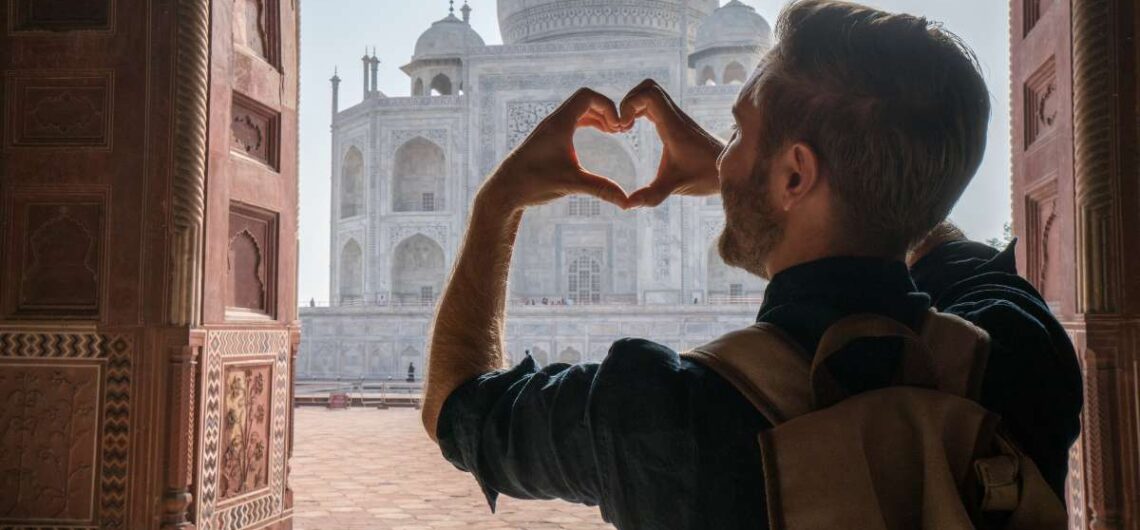Once upon a time, in the heart of the Mughal Empire, a young girl named Arjumand Banu Begum was born in 1593 in Agra. She was from a noble family — her father a trusted Mughal courtier, and her aunt none other than the powerful Empress Nur Jahan. Little did anyone know that this young girl would later be remembered as Mumtaz Mahal, the woman behind the world’s greatest monument of love.
At the age of 14, she was engaged to Prince Khurram, a young and ambitious Mughal prince. Their marriage took place in 1612, and from that day, she was given the title Mumtaz Mahal — “The Chosen One of the Palace.”
The Eternal Bond of Shah Jahan and Mumtaz
Mumtaz Mahal was not just a queen. She was Shah Jahan’s closest companion, advisor, and true love. She accompanied him on journeys, even on military campaigns, sharing both his joys and struggles.
Their love was extraordinary. Over 19 years of marriage, they had 14 children together. But what made their bond unique was Shah Jahan’s devotion — unlike other Mughal emperors, he never gave the same affection to his other wives. For him, Mumtaz was everything.
The Tragedy That Changed History
In 1631, while giving birth to their 14th child in Burhanpur, Mumtaz Mahal died after prolonged complications. Shah Jahan was devastated. It is said that he went into deep mourning, isolating himself from the empire for months.
But out of this sorrow was born an extraordinary idea — to build a monument that would keep her memory alive forever.
The Making of the Taj Mahal
For 22 long years, more than 20,000 artisans and craftsmen worked day and night to fulfill Shah Jahan’s dream. White marble was brought from Makrana in Rajasthan. Precious stones like jade, crystal, and turquoise came from distant lands.
Slowly, by the banks of the Yamuna River, the vision of paradise on earth took shape. The Taj MahalTaj Mahal, with its perfect symmetry, calligraphy, and shining white marble, became a timeless tribute to love.
Even today, when you look at the monument under the morning sun or the full moon, it feels like the Taj Mahal is whispering the love story of Shah Jahan and Mumtaz.
Shah Jahan’s Last Days
Ironically, in his final years, Shah Jahan was imprisoned by his own son Aurangzeb in the Agra Fort. From his small marble window, he would gaze endlessly at the Taj Mahal — the resting place of his beloved queen.
When Shah Jahan died in 1666, he was buried beside Mumtaz Mahal inside the Taj, finally reunited with the love of his life.
Visiting the Taj Mahal Today
Today, the Taj Mahal is not just a monument — it is a living love story carved in marble. Visitors from across the world come to Agra to witness its beauty. Standing before it, you can almost feel the emotions that inspired its creation.
Whether you visit during sunrise when the marble glows golden, or under the moonlight when it looks ethereal, the Taj Mahal is always breathtaking.
Why the Taj Mahal Inspires Millions
The story of Mumtaz Mahal and Shah Jahan reminds us that love can outlive time, power, and even death. That is why the Taj Mahal is more than just a UNESCO World Heritage Site — it is one of the Seven Wonders of the World, a symbol of eternal love that continues to inspire hearts across the globe.
✨ So next time you visit Agra, don’t just see the Taj Mahal as a monument. See it as a story — a story of love, loss, and devotion that still shines through every marble stone.


Comments